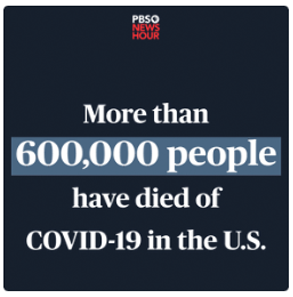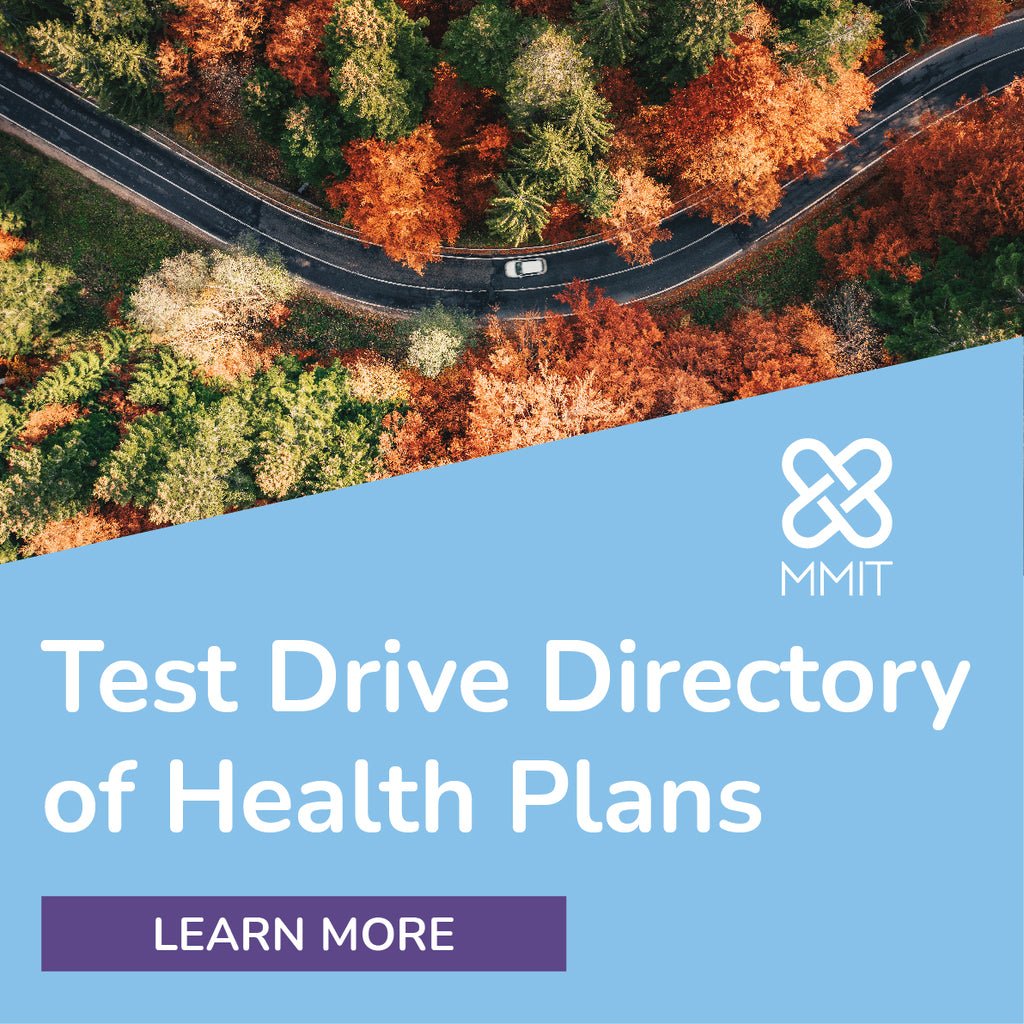Radar on Medicare Advantage
-
Reports of Cold Calling, False Promises Put Medicare Marketers on Alert
As Medicare Advantage insurers prepare for the Oct. 1 start of Annual Election Period (AEP) marketing, they face an increased level of scrutiny as CMS implements various provisions aimed at curbing misleading and aggressive marketing practices. But new research suggests that some of the marketing misconduct of years past could rear its ugly head again this fall, prompting industry experts to question whether CMS should take additional steps or if action from Congress is needed.
Released on Sept. 12, the Commonwealth Fund’s survey of seniors’ experiences during the last week of the 2023 AEP tells the familiar tale of Medicare beneficiaries inundated with marketing messages during open enrollment. Nearly all seniors saw or received some form of plan marketing — ranging from phone calls to television advertisements — and more than three-quarters reported seeing television or online ads once daily. Additionally, 73% received phone calls at least once a week, and 30% reported receiving at least seven calls in a week. And despite CMS rules barring marketers from calling beneficiaries unless they’ve agreed to be contacted or requested the call, 74% of all respondents reported receiving an unsolicited call from a plan or plan representative.

-
Alignment Health: Seniors’ Top Social Barriers to Health Offer Benefit Design Opportunities
Economic instability, food insecurity, limited access to transportation and overall lack of support are seniors’ top barriers to staying healthy, according to new data from Alignment Health. Sponsored by the tech-enabled Medicare Advantage insurer, the second-annual Social Threats to Aging Well in America survey polled 2,601 seniors across Alignment’s six-state service area, asking them about their financial, physical and emotional needs — and how those needs are impacting their health. Their responses illuminate the types of supplemental benefits that could prove most valuable to seniors weighing their coverage options as the 2024 Annual Election Period approaches.
Not having enough money for medical expenses was the most common overall obstacle to health, reported by 41% of survey respondents who anticipate any upcoming challenges. And about 20% of respondents cited financial instability as their top obstacle to health and wellness. One in 5 seniors said they’ve skipped out on needed medical care, and lack of funds was the No. 1 reason for doing so. In addition, 14% of seniors said they have outstanding medical debt, and 11% do not think they will be able to pay all of their medical bills in the coming year. When asked about supplemental benefits, nearly half (46%) of respondents said they would take advantage of assistance with rent, mortgage payments, and/or utility bills. Seniors also responded positively to fuel and grocery allowances.

-
Troubled by Too Many Plan Options, MedPAC Agrees to Pursue MA Benefits Standardization
To help overwhelmed seniors make better Medicare Advantage plan comparisons, the Medicare Payment Advisory Commission (MedPAC) nearly a year ago began discussing the concept of standardizing a limited number of common supplemental benefits in MA. During its September public meeting, MedPAC agreed to devote a chapter of its June 2024 report to standardizing select MA benefits, while several commissioners echoed previous sentiments about striking a balance between standardization and flexibility.
At its November 2022 public meeting, the independent congressional agency considered two different approaches: (1) standardizing a limited number of common supplemental benefits, such as dental, hearing and vision, and (2) standardizing Medicare Parts A and B services, whereby plans use a limited number of benefit packages. But some commissioners at the time expressed concern about potentially hampering MA plan innovation.

-
MedPAC Processes Headache-Inducing Alternatives for Estimating MA Coding Intensity
As the Medicare Payment Advisory Commission (MedPAC) continues to consider ways Congress could achieve greater parity between traditional, fee-for-service (FFS) Medicare and Medicare Advantage, its September public meeting touched on several program aspects that are ripe for change. Three such areas — MA benefit standardization, access and quality, and encounter data — are slated to be addressed in separate chapters of its June 2024 report, MedPAC confirmed. Meanwhile, an analytical discussion on alternative methods of assessing MA coding intensity could lead the commission to conclude that MA plans are overpaid by even more than its current estimates, which are already disputed by the industry’s largest trade group.
-
Switchers Are Driving Medicare Advantage Growth, Suggests New Study
Beneficiary switching from fee-for-service (FFS) Medicare to Medicare Advantage more than tripled between 2006 and 2022, contributing to the MA enrollment boom that’s taken shape over the past two decades, according to a study published this month in Health Affairs. MA enrollment has been “accelerating” since 2019, researchers said, and switchers from FFS to MA were the biggest driving force behind this trend.
The study authors broke down beneficiaries from CMS’s enrollment database into five categories: stayers, switchers to MA, switchers to FFS, beneficiaries who newly gained eligibility, and beneficiaries who lost eligibility (largely those who died during the year). While new enrollments among those who had recently turned 65 also contributed to MA enrollment growth, it was at a smaller scale than growth caused by switching activity among existing beneficiaries, researchers observed.












